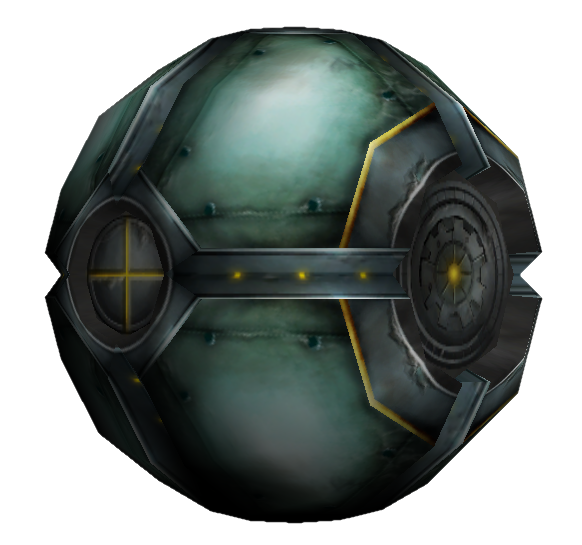Some words are consistently used wrong on the wiki. It's terrible.
This is more of a silly rant thread (hence the lack of tag), though I do invite you to correct any wrong usage of the terms listed below. Also, if you have any other examples of words that are constantly misused, post them and I'll add them on the list below.
Remix (in relation to music tracks): Perhaps the most misused term on the wiki, it should be replaced by "cover" for almost every usage. See here.
Prequel: A prequel is something that is chronologically set before another work in-universe, but is released after it. However, it's consistently used on the wiki to say "The game before this one". Yoshi's Island is a prequel to Super Mario Bros., but Super Mario Galaxy is not a "prequel" to Super Mario Galaxy 2. In most cases, it should be substituted with "predecessor".
Remake: The Remake page (and consequently, the usage of "remake" on the wiki) is a goddamn mess, listing every instances where a game is rereleased with some changes, without regard to how major said changes are or the time elapsed between the original game and the "remake". Defining what a remake is a bit messy since the only constants are "It feature major changes to the graphics, content or both" and "it's released way after the original", but it can be reasonably affirmed that the following things that are not remakes:
*Sprite-swapped games (ex: Panel de Pon-> Tetris Attack and Doki Doki Panic -> Super Mario Bros. 2). Sprite-swaps are usually released alongside or very soon after the base game and don't feature major change to the mechanics.
*Enhanced rereleases: Some games gets rereleased to take advantage of technology that wasn't available at the time of release. Calling the Game Boy Color version of Wario Land II a "remake" is ludicrous, as it features little change beyond being in colour and was released less than a year after the original version. Similarly, the New Play Control series on the Wii are hardly "remakes".
*Late Ports: Super Mario All-Stars Limited Edition may have been released more than 15 years after the original All-Stars, but it's simply a Rom+Emulator bundle printed on a disc, to the point it shows the SNES controller instead of any of the actual Wii controllers in its option menu. Calling it a "remake" is abusing the word.
Rule of thumb is, if it features most of the same assets and came out less than 5 years after the original version, it's not a remake.
This is more of a silly rant thread (hence the lack of tag), though I do invite you to correct any wrong usage of the terms listed below. Also, if you have any other examples of words that are constantly misused, post them and I'll add them on the list below.
Remix (in relation to music tracks): Perhaps the most misused term on the wiki, it should be replaced by "cover" for almost every usage. See here.
Prequel: A prequel is something that is chronologically set before another work in-universe, but is released after it. However, it's consistently used on the wiki to say "The game before this one". Yoshi's Island is a prequel to Super Mario Bros., but Super Mario Galaxy is not a "prequel" to Super Mario Galaxy 2. In most cases, it should be substituted with "predecessor".
Remake: The Remake page (and consequently, the usage of "remake" on the wiki) is a goddamn mess, listing every instances where a game is rereleased with some changes, without regard to how major said changes are or the time elapsed between the original game and the "remake". Defining what a remake is a bit messy since the only constants are "It feature major changes to the graphics, content or both" and "it's released way after the original", but it can be reasonably affirmed that the following things that are not remakes:
*Sprite-swapped games (ex: Panel de Pon-> Tetris Attack and Doki Doki Panic -> Super Mario Bros. 2). Sprite-swaps are usually released alongside or very soon after the base game and don't feature major change to the mechanics.
*Enhanced rereleases: Some games gets rereleased to take advantage of technology that wasn't available at the time of release. Calling the Game Boy Color version of Wario Land II a "remake" is ludicrous, as it features little change beyond being in colour and was released less than a year after the original version. Similarly, the New Play Control series on the Wii are hardly "remakes".
*Late Ports: Super Mario All-Stars Limited Edition may have been released more than 15 years after the original All-Stars, but it's simply a Rom+Emulator bundle printed on a disc, to the point it shows the SNES controller instead of any of the actual Wii controllers in its option menu. Calling it a "remake" is abusing the word.
Rule of thumb is, if it features most of the same assets and came out less than 5 years after the original version, it's not a remake.



